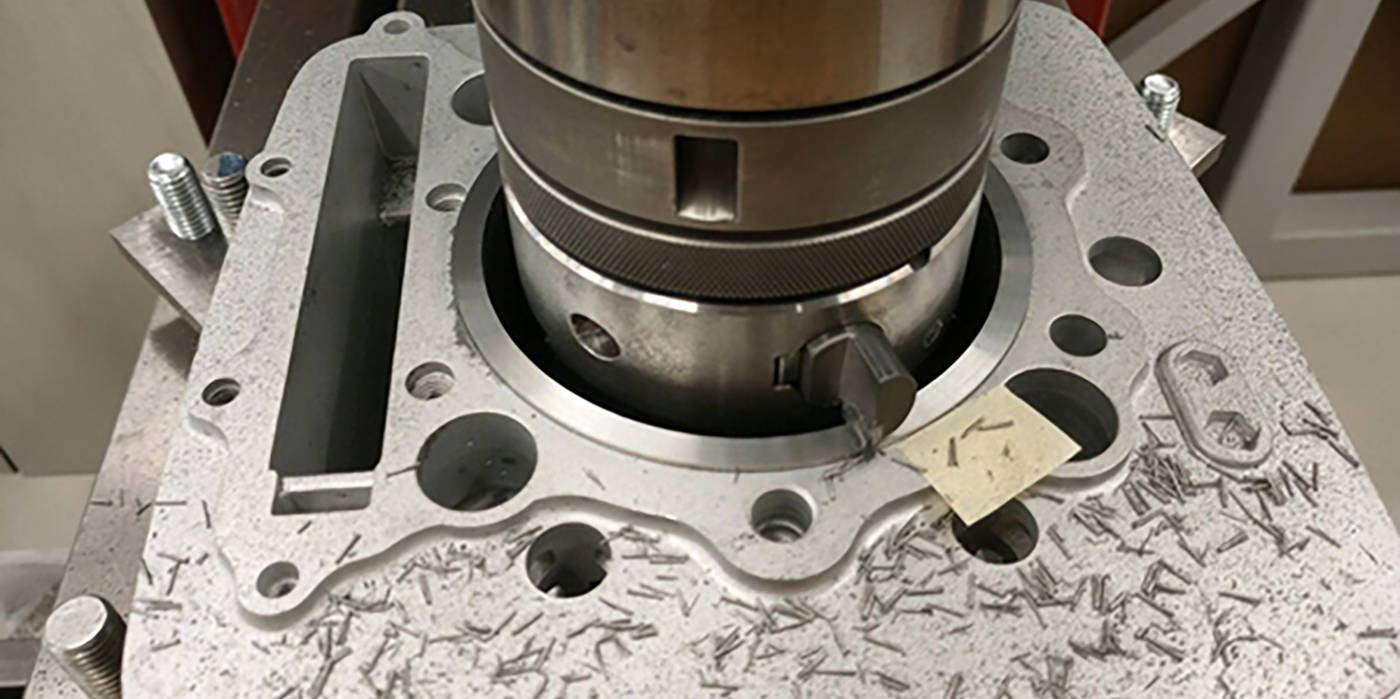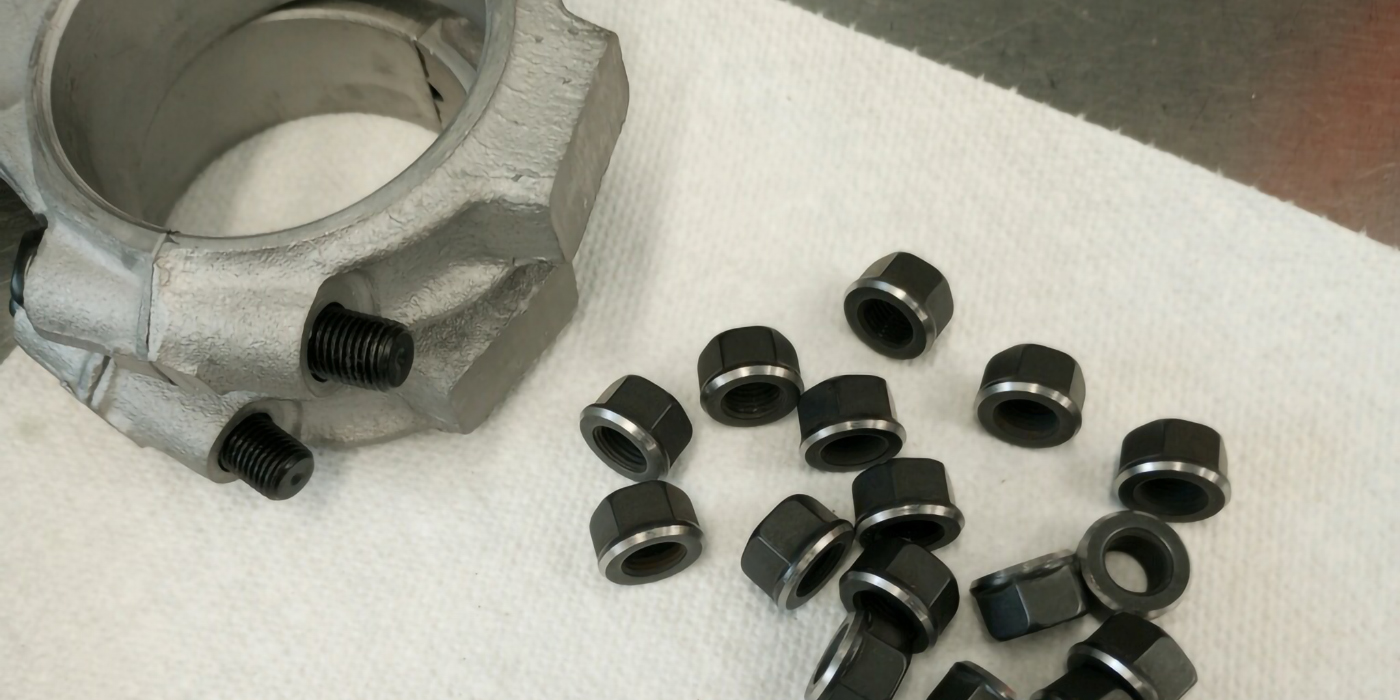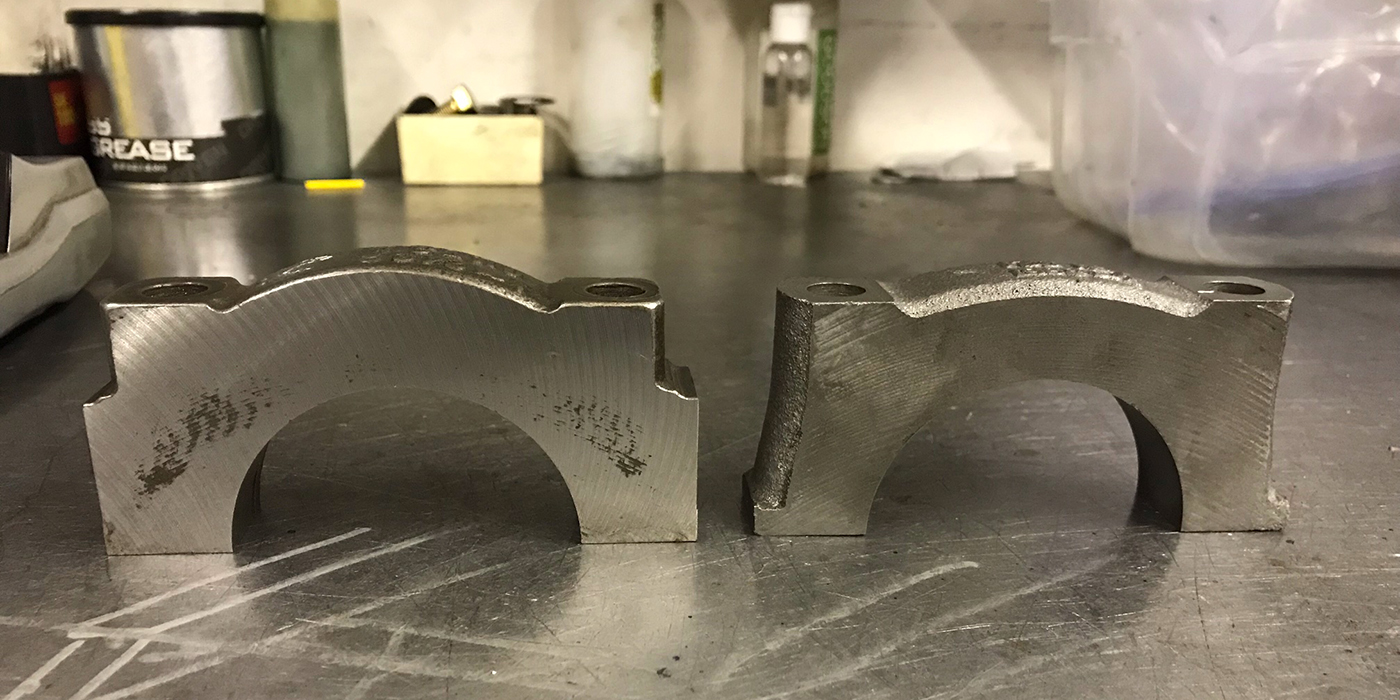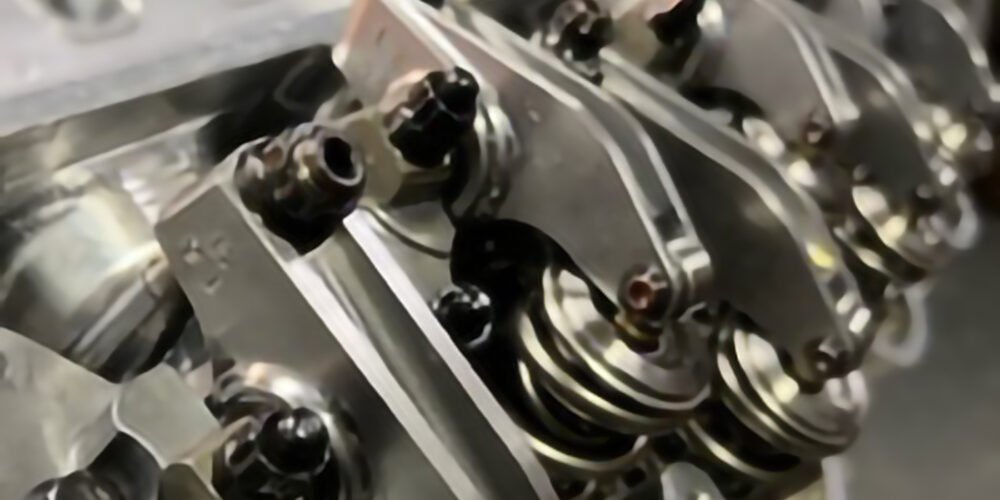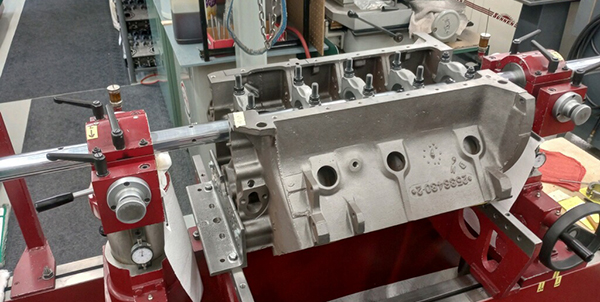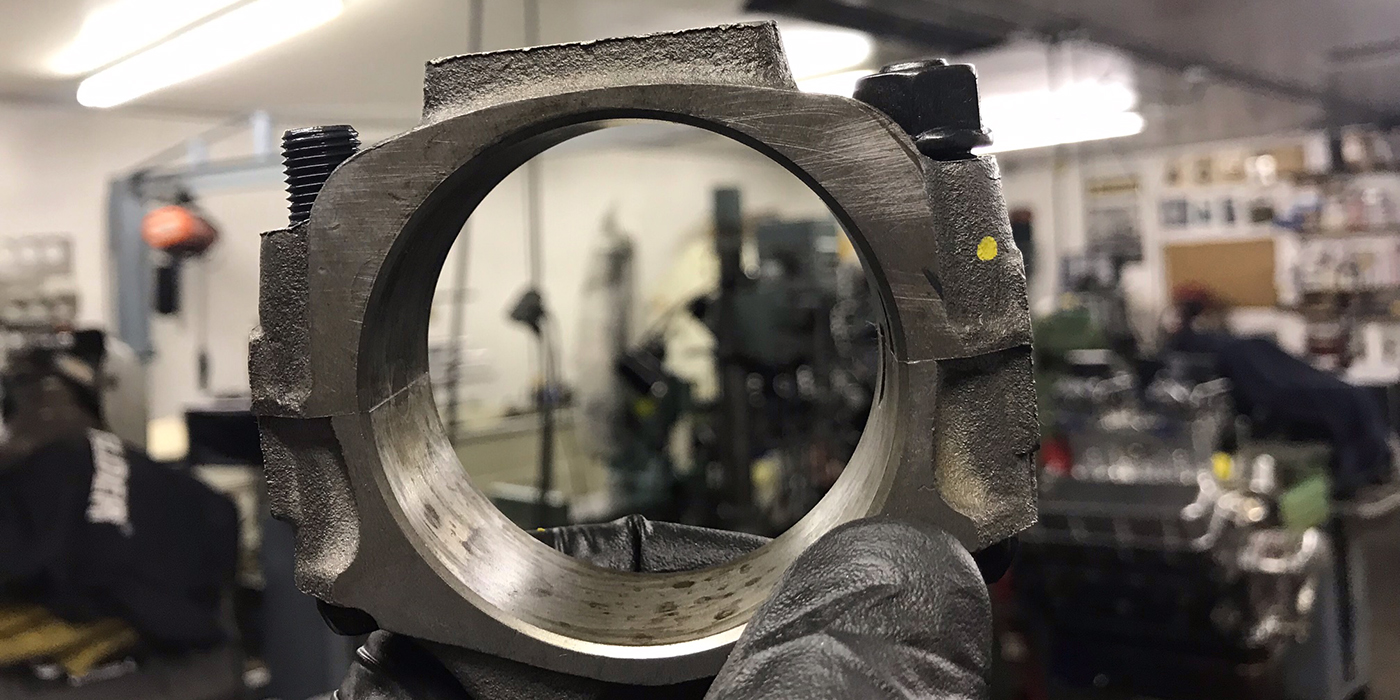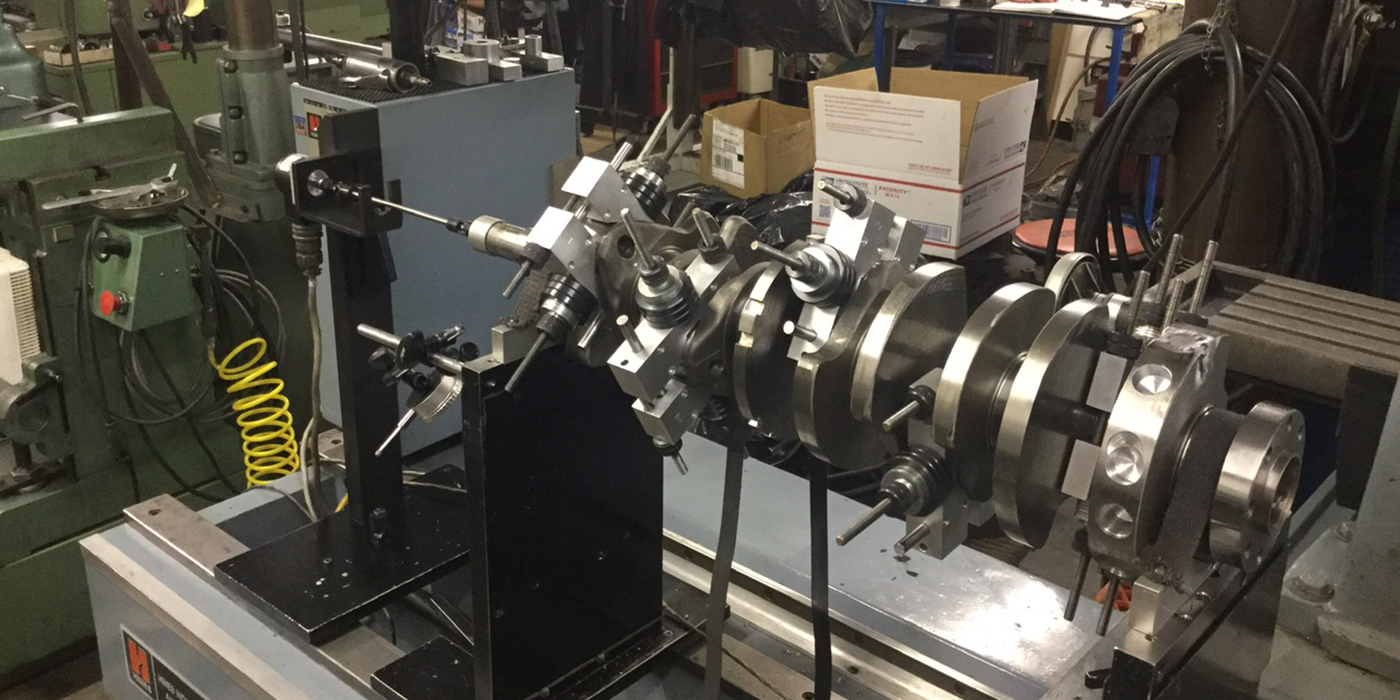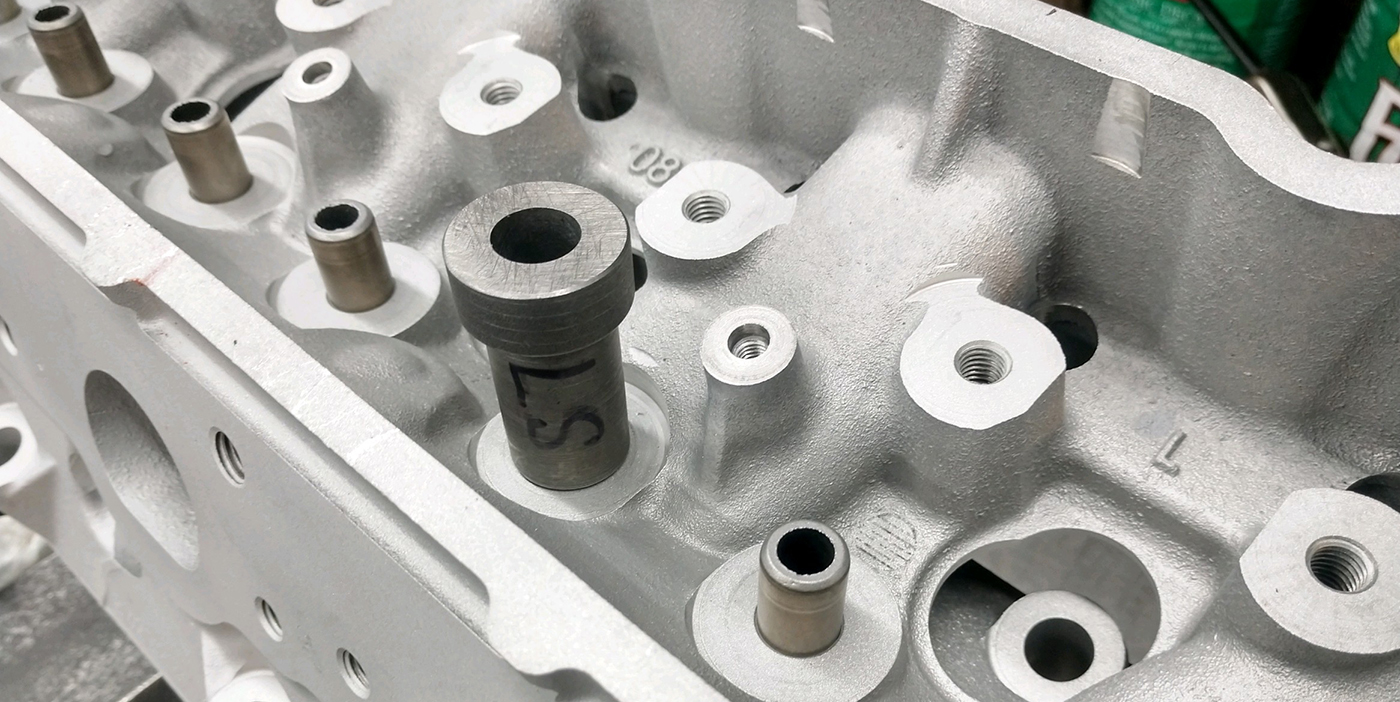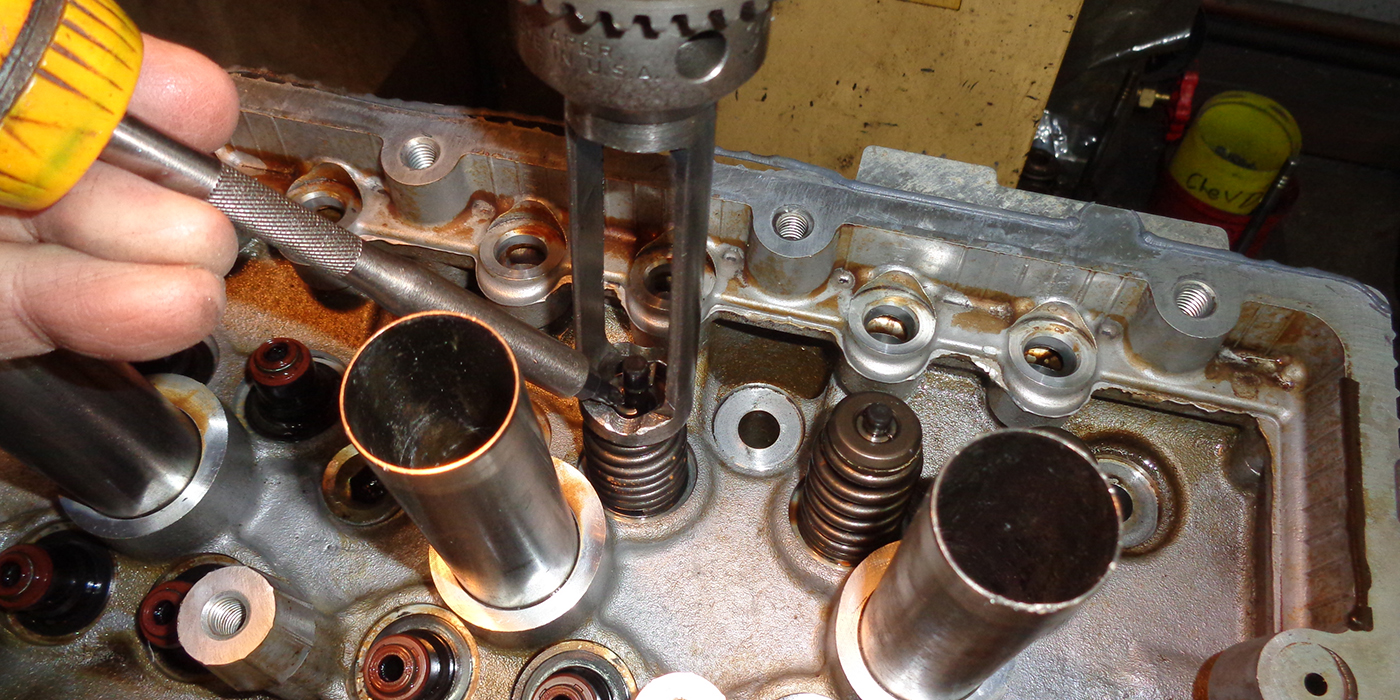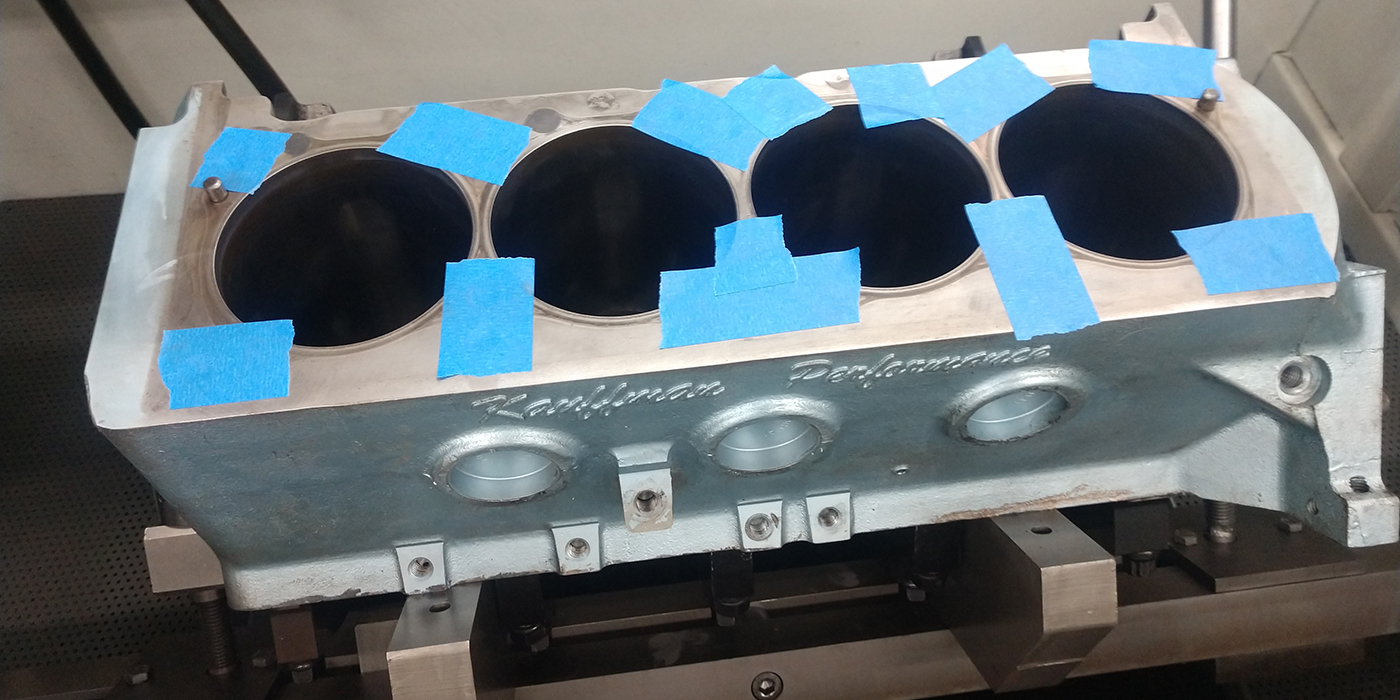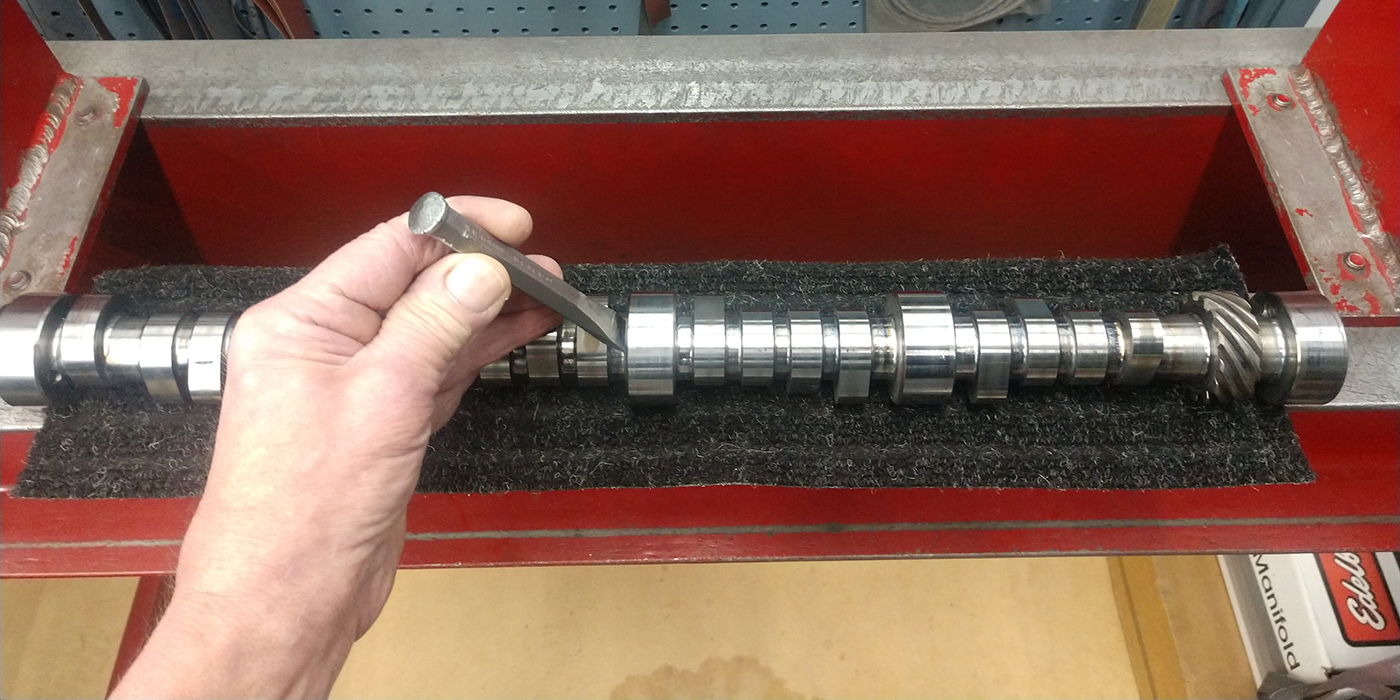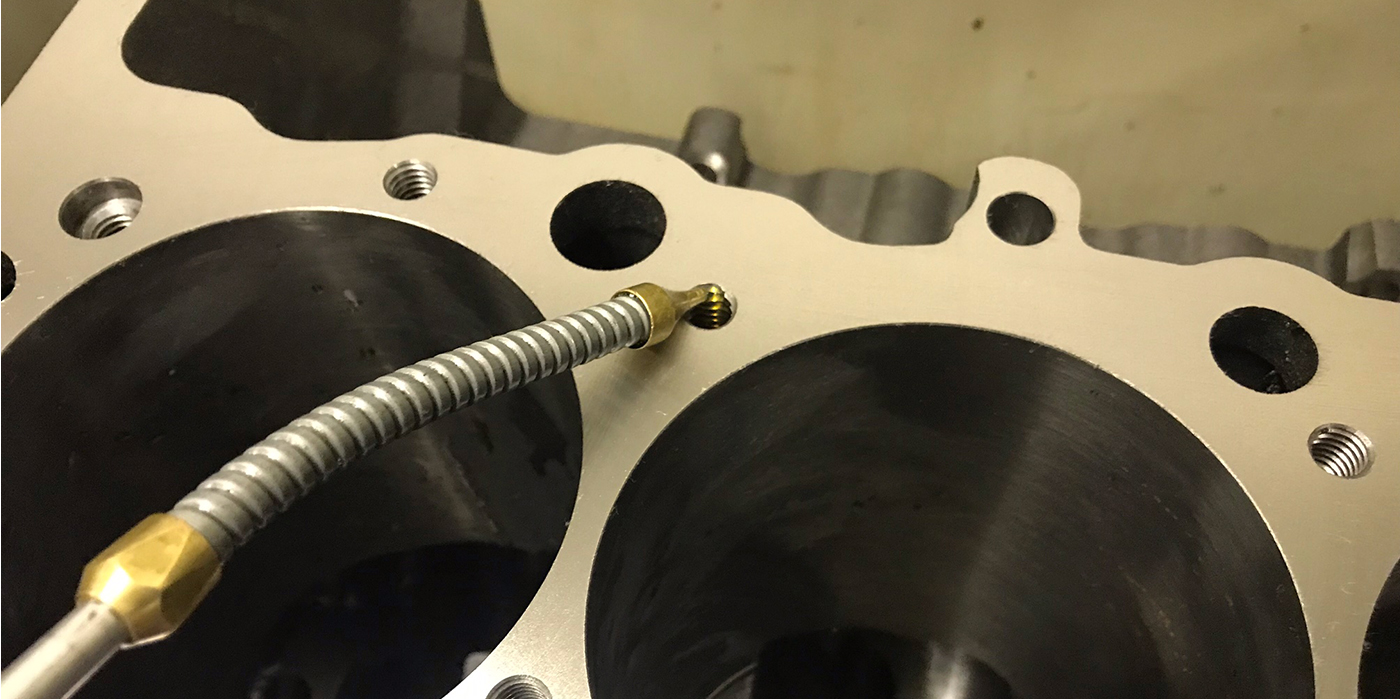The Perfect Pilot
With the increasingly smaller valve stem diameters it is getting harder than ever to get an air-floated, self-centering, single point, multi-angle pilot aligned with the guide. Here is a pretty simple way of getting you almost dead-on every time and without bending or breaking your $80 to $100 solid carbide pilot.
After clamping the head securely in the fixture, take one valve and drop it into the guide. Then use your finger to push the valve up as far as you can from the underside. Place a small magnetic bubble level on the valve and move the fixture to get the bubble level. On most equipment, you will only need to move the fixture forward or backward.
Once this is done and if your equipment is set up correctly, you should be able to steer your spindle with the pilot attached right into the guide to finalize centering.
Larry “Lapper” Downey
Mardinly Enterprises
Broomall, PA
Coolant Additive For Equipment In A Hurry
If you run out of coolant additive for your flywheel grinder or other equipment that uses a water-type coolant, and you need it today, here is a solution: use “Water Wetter” from Redline or another similar coolant additive.
I use this additive product in my flywheel grinder as a coolant and have found it to work great. It has the cooling, rust inhibitors and anti-fungal capabilities just the same as any grinding coolant additive. It is available in most auto parts stores, so you can get it now instead of waiting for an additive to be shipped to you.
Norm Jones
Norm’s Auto Machine
Petaluma, CA
 Easy Cord Storage
Easy Cord Storage
Here is an easy way to keep extension cords from getting tangled. Double the cord and tie a knot in the end (middle of the cord) leaving a loop. Pass one hand through the loop and pull the doubled cord back through creating another loop. Keep repeating making loose loops until you reach the end. When you are ready to use the cord, simply grab the free end and pull. The weaved cord will unravel.
Steve Rich
Sterling Bearing, Inc.
Kansas City, MO
Quick, Inexpensive Way To Correct Bolt Pitch
To check a bolt or screw for correct thread pitch, rather than using a standard nut which only checks a small area of the thread, use a USA made coupling nut (available at most industrial supply houses such as McMaster-Carr and Fastenal).
These nuts are available in standard and metric sizes up to 7? long (in some sizes). A length of 1-1/2? should be long enough for most automotive bolts.
This method of checking thread pitch will actually show problems that a more expensive thread ring gauge will not, because the thread ring gauge only checks pitch for about the diameter of the bolt to be checked. We have found, especially with import fasteners, that the pitch of a thread can increase or decrease as the threads become longer. For example, the pitch of the thread at the end of a 2? thread can be slightly different (possibly stretched) than at the start of the thread. When using a standard nut or ring gauge this could be missed.
Using a coupling nut of the same pitch that covers the entire thread, any deformation will be felt as a jam when threading the coupling nut onto the bolt. This is especially critical on rod and main cap bolts – even new ones if they are imports.
Jim Kovach
Kovach & Associates
Parma, OH
Don’t Throw Away Your Worn Out Flat File
If you have an old flat file that is worn out, don’t throw it away. Sharpen the tip and make a gasket scraper out of it. You’ll find it works just fine!
Jeff “Beezer” Beseth
Beezerbuilt, Inc.
Newton Square, PA
Taking The Mess Out Of Cylinder Honing
To cut down on the mess that your cylinder hone makes, take a plastic coffee can and cut out the bottom. Then make a 2? x 3? notch on one side and cut it from top to bottom through the notch for an easy on and off. Once the hone head is in the hole, set the coffee can around the hole and hone away. This greatly reduces splash.
Stu Anderson
RPM Machine
Sturgis, SD
Manufacturer Shop Solution: Deviations From A Good Bore Finish
Crosshatch grooves are essential to a proper cylinder bore finish. When problems occur, you’ll often find these reasons. Crosshatch grooves that are irregularly spaced may lead to poor oil distribution and erratic consumption of break-in oil.
Irregularities may be due to varying reciprocation rates, poor stone breakdown with alternate loading and breakdown, stone grade too hard and/or grit too coarse; Wide, deep crosshatch grooves may be the result of abnormal wear, excessive oil consumption or poor and variable break-in period.
These can also be caused by stone grit that’s too coarse, excessive stone pressure, poor stone break down or insufficient lubricant. Low cross hatch angles may have high impact forces causing excessive wear, poor oil distribution, slower ring break-in. This can be the result of low reciprocation rate compared to the rpm used.
Technical Department
Hastings Manufacturing Co.
Hastings, MI
Engine Builder Shop Solutions is sponsored by Engine Pro,
a group of 9 engine parts specialist WDs in the U.S., and one in Australia, operating 35 branch
locations serving engine builders/rebuilders across the U.S and Australia. Shop
Solutions published in each issue of Engine Builder Magazine are a free one year membership to the Engine Rebuilders Council and a prepaid $100 Visa gift card. Winners will be chosen by
the staff of Engine Builder Magazine and the Engine Pro Technical
Committee.
To submit a Shop Solution simply mail your entry
to Engine Builder Magazine, Shop Solutions, 3550 Embassy Parkway,
Akron, OH 44333; or email to Shop [email protected]. Shop
Solutions may also be emailed to [email protected].
You must include
your name, shop name, shop address and shop telephone number. Submitted
Shop Solutions not published will be kept on file and reevaluated for
publication with each month’s new entries. If you include your email
address you will be emailed notification of publication if your Shop
Solution is chosen.


